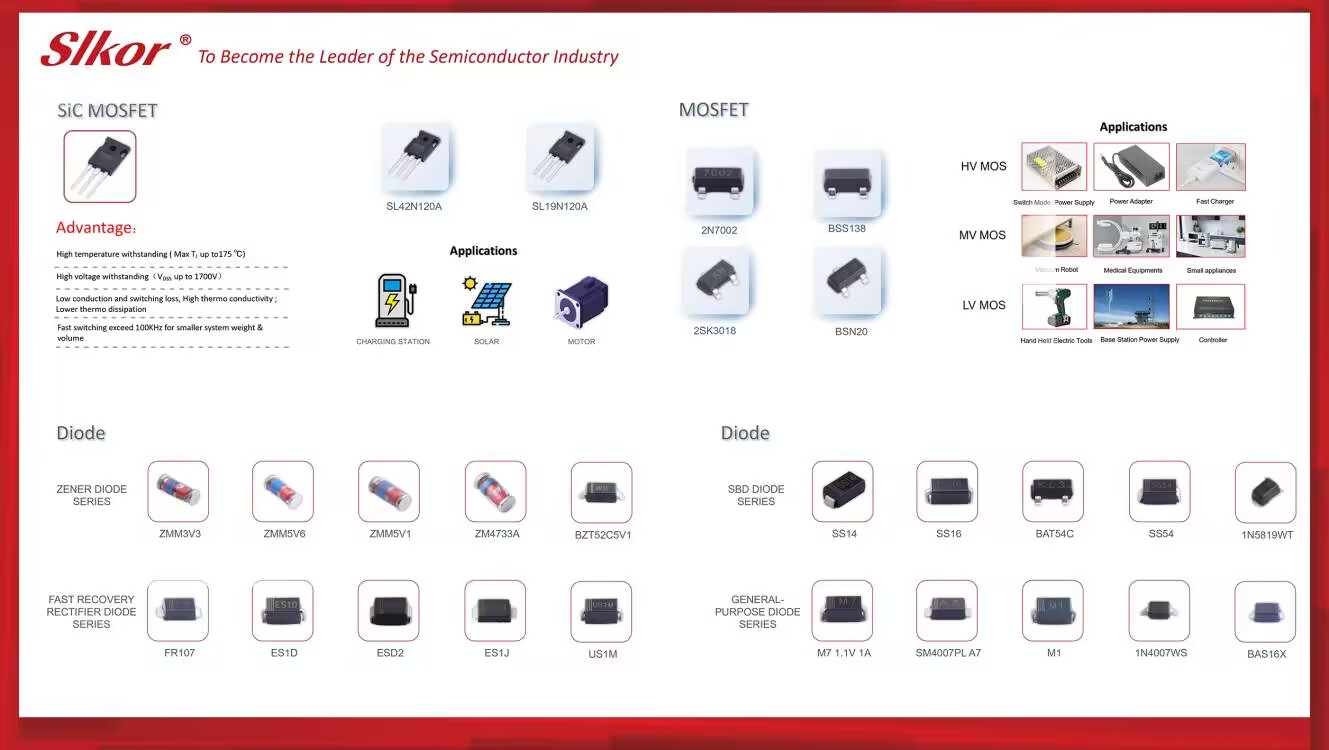In modern industrial production, especially in automated processes, sensors are almost indispensable. Specifically, industrial producers need to use various sensors to monitor and control various parameters in the production process, ensuring that equipment operates normally and any faults can be promptly detected.
01 Photoelectric Sensor
A photoelectric sensor is a device that converts light signals into electrical signals. Its working principle is based on the photoelectric effect. The photoelectric effect refers to the phenomenon where certain materials exhibit an electric effect when exposed to light, with the material's electrons absorbing the energy of photons. The photoelectric effect is classified into three types: external photoelectric effect, internal photoelectric effect, and photoelectric voltage effect. Photoelectric devices include phototubes, photomultiplier tubes, photoresistors, photodiodes, phototransistors, and photovoltaic cells.
Photoelectric sensors boast high resolution, short response times, long detection distances, and minimal restrictions on the objects being detected. Particularly noteworthy is their ability to discern colors. By detecting the reflectivity and absorbance of light formed by objects based on the wavelength of the incident light and the color of the detected object, color detection of objects can be achieved.
02 Proximity Sensor
Proximity sensors enable contactless sensing and detection, thereby avoiding wear and damage to the objects being detected, as well as eliminating spark, noise, and contact-related issues. Due to their non-contact output method, they have a long service life and virtually no impact on the lifespan of contact points. Unlike other detection methods, proximity sensors are suitable for use in water and oil environments and are hardly affected by stains and water/oil during detection.
Specifically, proximity sensors themselves can only detect metal objects at close range. The displacement change-type spring-loaded plunger device's key feature is that it can extend the sensing range of the contact point. Spring-loaded pistons, probes, buttons are commonly used to make contact with products and then verify if the product is in place, accurately positioned, and verified.
03 Fiber Optic Sensor
The development of fiber optic sensors using optical fibers began in 1977 and immediately sparked significant interest. Fiber optic sensors have since experienced rapid development. Because optical fibers are dielectric materials and sensitive components can also be made from dielectric materials, fiber optic sensors exhibit excellent electrical insulation properties, withstanding up to 80kV/20cm on the fiber surface. This makes them particularly suitable for high-voltage power systems and testing large-capacity motors.
Fiber optics can be used to create a wide variety of sensors, earning them the title of universal sensors. They can measure many physical quantities, commercial, civilian, medical, industrial control, and various other fields. It should be noted that traditional sensors are based on electromechanical measurements, whereas fiber optic sensors are based on optical measurements.
04 Displacement Sensor
A displacement sensor is a device that converts the motion displacement of an object into a measurable electrical quantity. It is commonly used to convert physical quantities such as deformation, vibration, displacement, position, and size into electrical quantities that are easy to detect and transmit information.
Displacement sensors come in various types, with their application areas expanding in recent years as innovative technologies are increasingly incorporated into sensors. For example, technologies based on fiber optics, time-grating, OEM LVDT technology, ultrasonic technology, magnetostrictive technology, etc. With technological advancements, sensor performance has significantly improved, and costs have decreased notably.
Rotary Hall effect sensors typically do not use any moving parts. These semiconductor-based sensors combine Hall effect sensor elements with circuits to provide analog output signals corresponding to changes in a rotating magnetic field. There are two output options to choose from: analog or pulse-width modulation (PWM).
Linear Hall effect sensors measure linear motion of magnetic fields rather than rotation. This sensor can be programmed for a set output voltage that is proportional to the given travel distance. Hall sensor technology is continually advancing, with programmable Hall sensors, smart Hall elements, and miniature Hall sensors showing promising market prospects.
In the coming years, with the accelerated advancement of smart manufacturing, the demand for smart sensors, monitoring, production, detection systems, technologies, and equipment is expected to rise further. Various types of sensors will be incorporated into common automotive electronics, communication electronics, consumer electronics, and specialized electronic devices. To better meet customer needs, companies will also focus on developing more high-quality sensor innovations.










